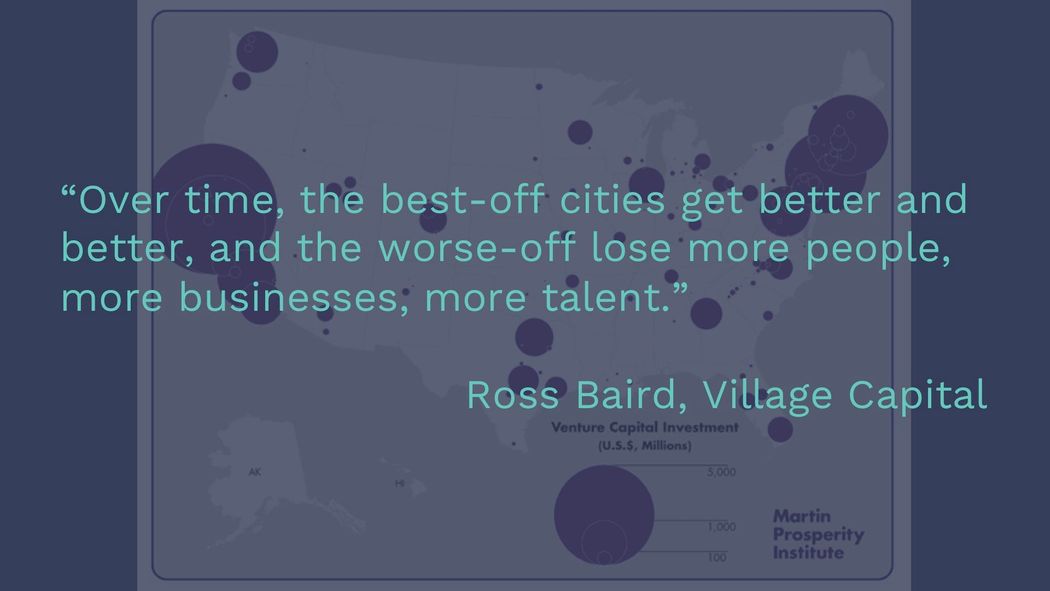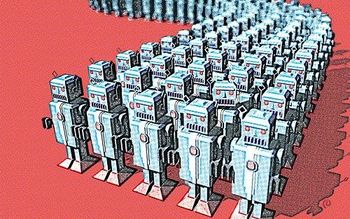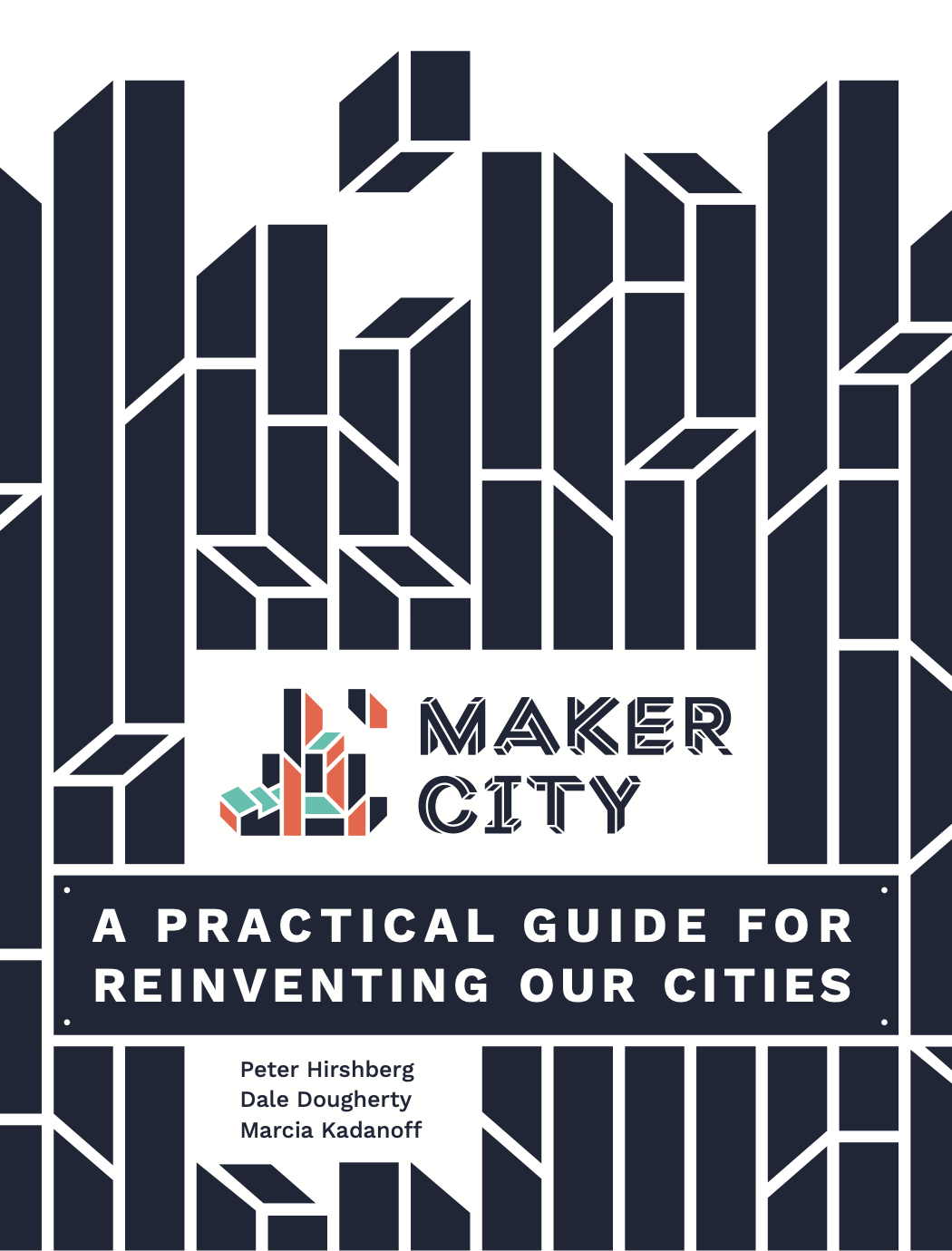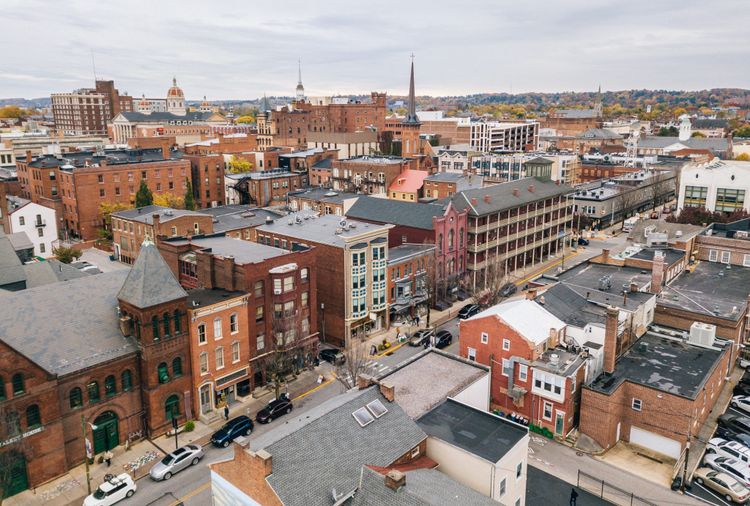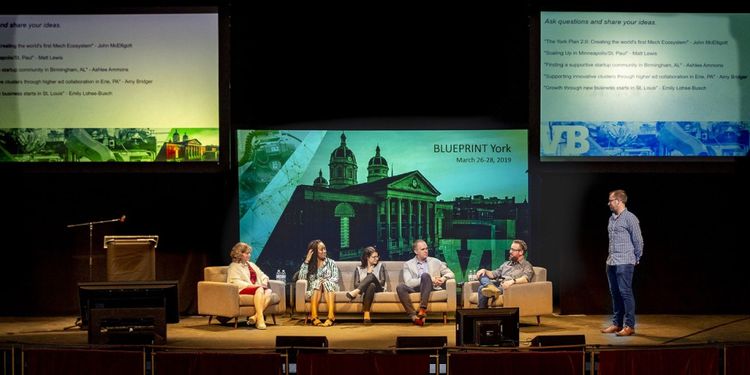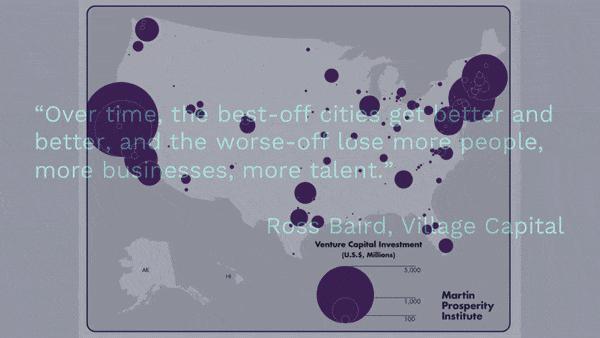
Recently, we’ve noticed a trend. People who have found success in their chosen professions in Silicon Valley and elsewhere, have built businesses, and are now looking at pathways to create greater economic opportunity in the cities and towns where they grew up. The trend-and we think it is a trend-is seen in individuals as diverse as J.D. Vance, Walter Isaacson, Christopher Alan. The first two you probably know.
J.D. Vance is a venture capitalist and author of the best seller Hillbilly Elegy; he is relocating to Central Ohio. Walter Isaacson is President and CEO of the Aspen Institute, but is perhaps best known for his best selling biography: Steve Jobs; he’s relocating to New Orleans.
Christopher Alan, created a successful business in Los Angeles called AUTOParkit and recently relocated its advanced manufacturing plant to Warren, Ohio, where he grew up. What attracted him to Warren, Ohio was the availability of low-cost real estate for both commercial use and as an investment. Alan provides a bonus to those of his employees who chose to live in Warren, Ohio (population 41K), a city devastated by the demise of the steel industry.
Other entrepreneurs and venture capitalists are choosing to locate technology-based businesses outside of the major tech hubs, as a way to get sweat equity and/or capital to perform differently.
Ankur Gopal is an a serial technology entrepreneur and the CEO of Interapt, based in Louisville, Kentucky. In the Fall of 2016, Gopal started an Eastern Kentucky training program, which he said is intended to bring jobs to an area faced with a shortage of good-paying jobs. He said his program is a little bit different than some of the other coding bootcamps because he pays his soon-to-be employees as they learn. He believes that tech jobs have the potential to replace the rapidly fading industries of past generations in rural areas, such as coal and manufacturing. The training program also benefits Gopal, who hires the graduates to help his tech company grow. Interapt, No. 16 on a recent list of largest minority-owned businesses, helps its clients find the best-fitting, newest technology to help expand the client’s business or solve problems within their company.
Mark Kvamme is a respected venture investor who believes that “the Midwest is hands-down the best place in the world to create ambitious new ventures today.” He founded Drive Capital in 2013, choosing to locate the firm in Columbus, Ohio. This was seen as a curious move for someone who is not only a native Californian but also the second-generation in his family to go into VC; Floyd Kvamme, paterfamilias, is partner emeritus at KPMG.
WINNER TAKE ALL URBANISM
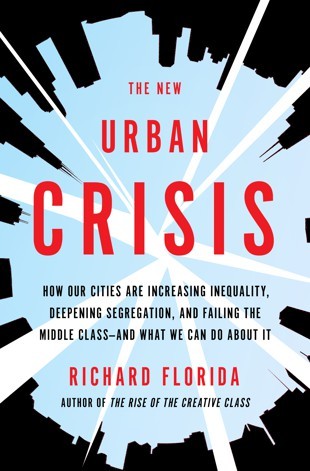
To us, these announcements seem to represent a common response to the growing notion that superstar cities have become too successful, soaking up energy, talent, and investment venture capital and talent from elsewhere in the country. This last is the thesis of a new book by Richard Florida entitled The New Urban Crisis: Increasing Inequality, Deepening Segregation, and Failing the Middle Class (2017).
In his new book, Florida attempts to ask and answer the question, have superstar cities become too successful … not for their own good but for the good of the country as a whole? Certainly, over the last decade there has been a manifest movement of talent, capital, and wealth from elsewhere in the country to concentrate in a handful of superstar cities, reversing decades of suburban flight and urban decline. And yet all is not well. In his new book Florida demonstrates how the same forces that power the growth of the world’s superstar cities also generate their vexing challenges: gentrification, unaffordability, segregation, and inequality. Across nearly every metro area, middle-class neighborhoods are disappearing. Our cities and suburbs are being replaced by what Florida calls “a patchwork metropolis”, in which small areas of privilege are surrounded by vast swaths of poverty and disadvantage. The rise of a winner-take-all-urbanism, with a small group of winners and a much larger span of losers, signals a profound crisis of today’s urbanized knowledge economy that threatens our economic future and way of life.
Some data from Brookings Institution (2017) is very much on point here:
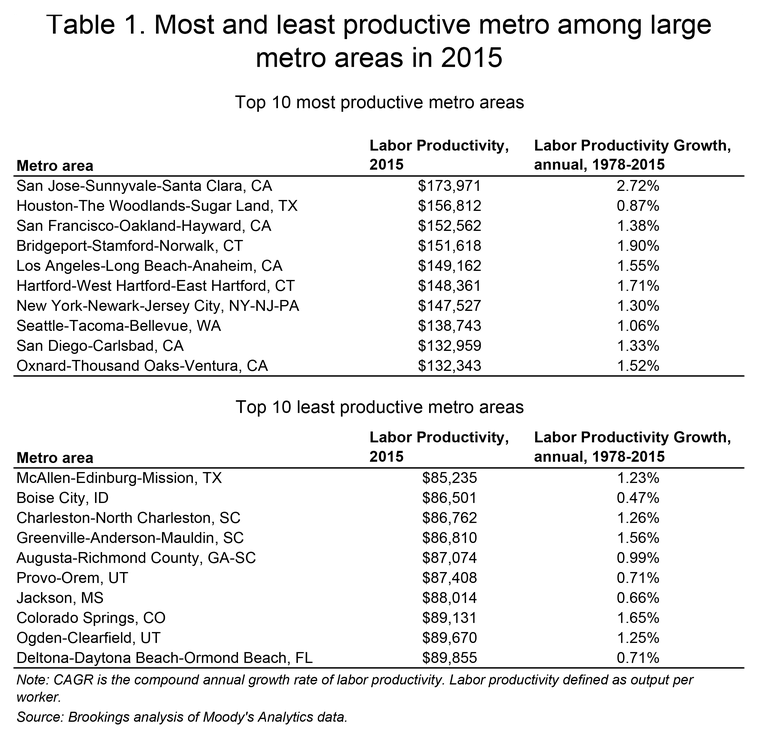
HOW TO REINVIGORATE CITIES LEFT BEHIND
Winner-take-all urbanism has left many smaller- and middle-sized cities and towns all but devastated, without access to the investment capital, talent, and energy that we here in San Francisco (for example) take for granted.
As a result, cities and towns at the bottom of this list find themselves unable to attract, retain, or create the kind of talent industry needs. Those cities and towns at the bottom of the list can be re-invigorated but it will take a concerted effort. It’s not so simple as looking to Amazon (say) to build a distribution center in a particular city or town, for two reasons. First, these jobs tend to pay minimum wage. Second, even if the jobs available paid more, they are a routine enough that they are likely to give way to robots in the near future. Thus, industrial revitalization must focus on what economists call “jobs in the middle” or “new-collar jobs”. These are jobs that pay well (typically $20/hour and above) and require considerable skills (not routine) but not necessarily a 4-year college degree.
Skills most in demand include: computer science, electronics, robotics, CAD/CAM, advanced manufacturing. Retraining is a dirty word for many workers coming out of legacy industries (think coal, steel, auto assembly). Instead of retraining, we prefer the term “upskilling”. Given the pace of technology change, a 4-year degree takes too long and often cost too much to impart the specific skills needed. Instead upskilling needs to focus on vocational training through community colleges, well-equipped Makerspaces, coding academies, and online academies like Udacity that offer nanodegrees in specific subjects like robotics.
THE ROLE OF NATIVE SONS AND DAUGHTERS RETURNING HOME

The novelist Thomas Wolfe (1940) famously published a novel entitled:
“You cannot go home again.”
We would counter that in today’s challenging times, when automation is expected to eliminate anywhere from 35-70% of routinized jobs, affecting workers on both ends of the income spectrum (high and low), there is a new call for social-impact investing in cities. Native sons and daughters are needed to return home, to apply our expertise, contacts, experience and will to cities and towns that need to reinvigorate themselves from the bottoms up. Social-impact investing can either mean volunteering money or time spent with one or more non-profit organization. Volunteering continues to be important. At the same time, we want to encourage people with entrepreneurial prowess to consider returning to the cities and towns they know best to help forge the future. Its an affirmation that change comes from the bottom up, from the diversity that is that is this nation, that the future strengths of our smaller cities will come from drawing on experience, talent and resources of our most successful geographies.
Native sons and daughters returning to their homes understand the culture of the city or town they are returning to and therefore are more likely to be accepted. These aren’t outsiders trying to impose their ideas on residents in a way that might seem at best paternalistic or at worst patronizing. Instead, those returning home know the culture, the heritage, and can quickly understand and access both the strengths and weaknesses of the cities or towns they grew up in.
Chris Arnade is a journalist, that like James Fallows of the Atlantic, has spent time criss crossing to better understand cities and towns not located on the two coasts and how they differ in culture and attitudes. Beyond the bubbles of the big cities and elite college campuses is an America that values community over careers, and has faced a downward trajectory for decades. We met Chris as part of our visit to our visit to Youngstown and Warren, Ohio.
We believe that successful people coming out of superstar cities would do well to consider an effort to go home again, particularly if “home” sits in the South, Appalachia, or the Midwest, all areas where income inequality is high, legacy industries are going away, and both young people and older workers need help reconnecting with opportunity.
DISPARITIES IN PRODUCTIVITY
If you are starting a new company or relocating an old one, you want to do so in an area with above average productivity. Productivity per worker drives firm profitability and wealth accumulation.
Productivity is not spread at all evenly throughout our country, with major urban centers on the two coasts dominating the current map in terms of productivity per worker:
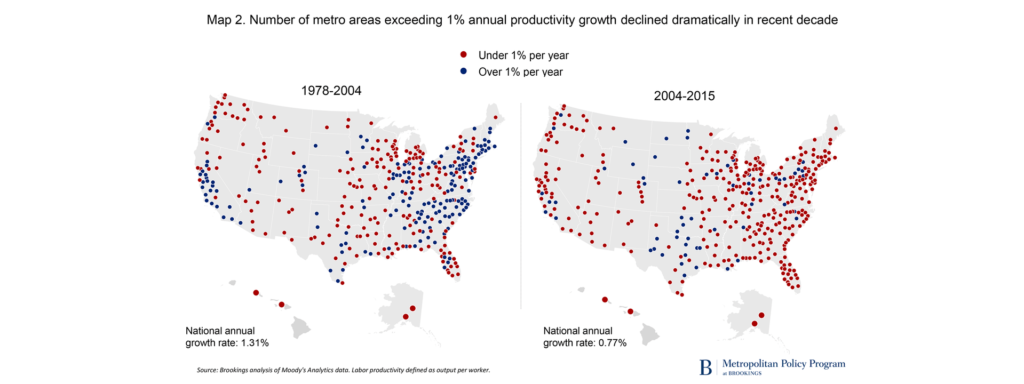
(Source: Understanding U.S. Productivity Trends from the Bottom Up, Brookings Institution, 2017)
There are ~50 billionaires and 258,000 millionaires in the Bay Area alone. If 1% of them chose to go home, this would result in a cadre of 2,500 people who have the entrepreneurial skills, drive, and investment capital required to make a real difference. It would pay dividends in decreasing income inequality, increasing the resilience of the cities and towns in the face of the displacement that will only deepen as more jobs get automated out of existence, and turn despair into hope.
Of course, you don’t have to be a billionaire or millionaire to help.
Venture America is a nonprofit based in New York is dedicated to creating entrepreneurial opportunity in cities and towns that are under indexed for opportunity. Cities like Nashville (TN), Birmingham (AL), Cincinnati (OH).
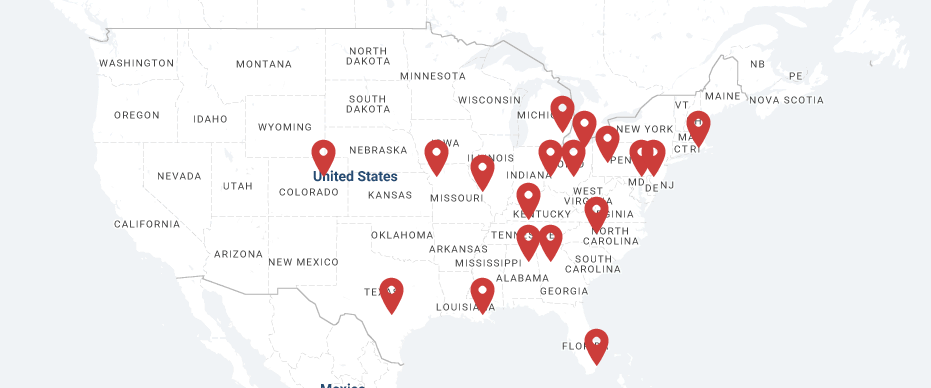
(Source: Where Fellows Work, Venture America, 2017)
If you are just graduating from college with a degree in engineering or computer science, apply to become a Fellow. If you are in the middle of your career and having the backing of your company, think about becoming an EIR – Entrepreneur in Residence. Application for the 2017 EIR placements have closed so you’d be looking at their 2018 program. Which gives you plenty of time to line up corporate support for your work.
One of our colleagues-Gary Bolles of eParachute-has been thinking a lot of Maslow’s Hierarchy and the role of work in today’s society. Self actualization in this country and this era comes from the ability to do meaningful work. A lack of meaningful work is why some 32% of young people age 18-34 are still living at home with their parents.
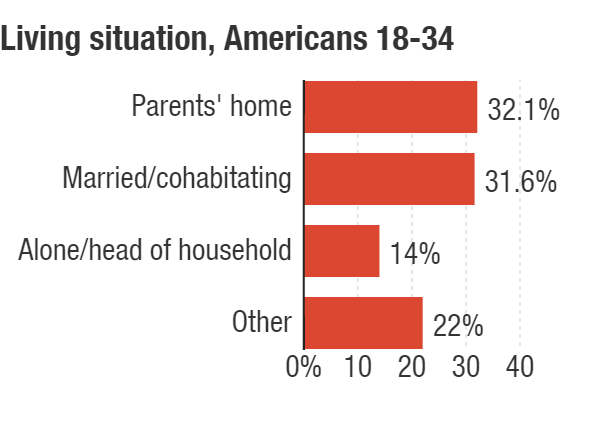
(Source: For First Time In 130 Years, More Young Adults Live With Parents Than With Partners, NPR 2016)
Also, why opioid addiction has risen to epidemic proportions among our youth. Without major intervention, we are at risk of having an entire generation of young people being left behind from what makes life meaningful. Finding a life partner. Setting up your own home. Moving from renting a home to buying one. Starting a family.
What is the underlying driver here? It’s a kind of “Catch 22”. You cannot get a good paying job without a college degree. At the same time, pursuing a college degree can result in a crushing amount of debt, leading to a lifetime of regrets.
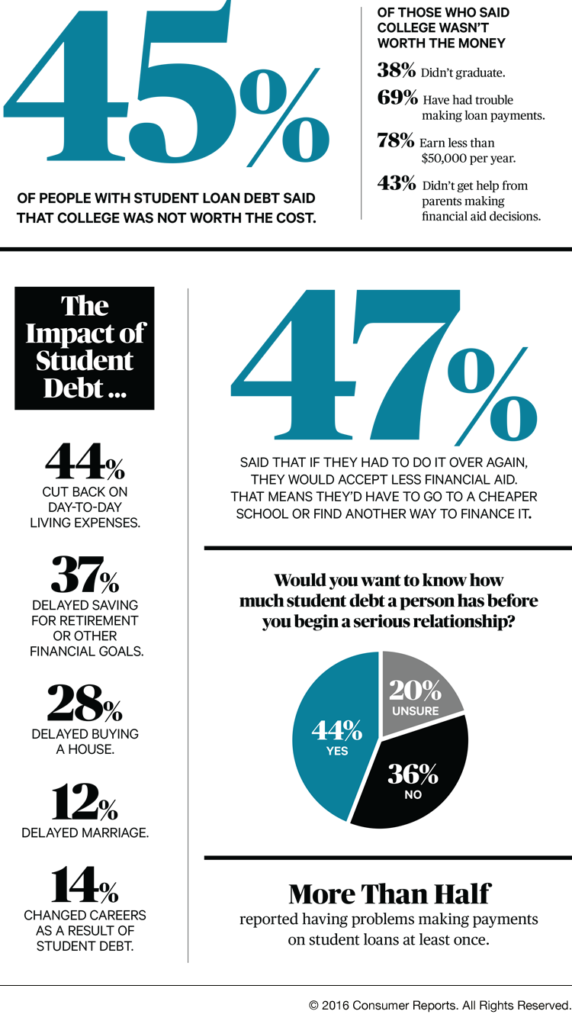
(Source: Student Loan Crisis: Degree of Debt and Regret, Consumer Reports, 2016)
HOW YOU CAN HELP
Get in touch with the Mayor’s office in your home city or town and/or the Office of Economic Development. Ask what help they need. Really listen to what they say. Reach out to the Congressional Representative or Senator in your home district. Involve them in the discussion on how to create jobs and economic opportunity.
As you embark on this listening tour, it is important that you put aside any preconceptions you might have. Replicating the success of Silicon Valley (say) in a town like Erie, Pennsylvania is not the answer. Every city and town has a legacy, something that is defining and a hallmark of greatness. Better to double- or triple-down on industries that are rooted locally and have some potential for growth than to turn your home city or town into something it is not. Also, be wary of thinking that coal miners and auto workers-say-don’t want to embrace technology. Our friend and colleague James Fallows of the Atlantic has written extensively on the two American futures: one full of hope, the future, new business models, and new methods of work; and one more nostalgic, populist, looking to past glories, and resentful.Video Player00:0000:47
There is every evidence that the workers left behind as legacy industries close down want to learn new skills and embrace the future. What they lack is not the will but the means. So focus on that … on reducing systematic barriers to aligning workers with the skills training for the exact skills in demand by local employers.
Here’s a checklist of specifics that you can consider based on what we have seen work in Ohio through two delegations: the one led by Rep. Tim Ryan (D-Ohio) and the one lead by Rep. Rho Khanna (D-California). Also, the work of Gov. Gina Raimondo (D-RI) which provides a policy roadmap.
Good luck. And remember. You can go home again. And make a difference both locally and for the future of this country.
Relevant Links
- Meet the ‘New Urban Luddites’: We need a stronger word than ‘NIMBY’ to describe how destructive “winner-take-all” urbanism can be. (Source: City Lab April, 2017)
- Why America’s Richest Cities Keep Getting Richer:
They are not just the places where the most ambitious and talented people want to be—they are where such people feel they need to be. (Source: Atlantic, April 2017)
Originally published on the Maker City blog
